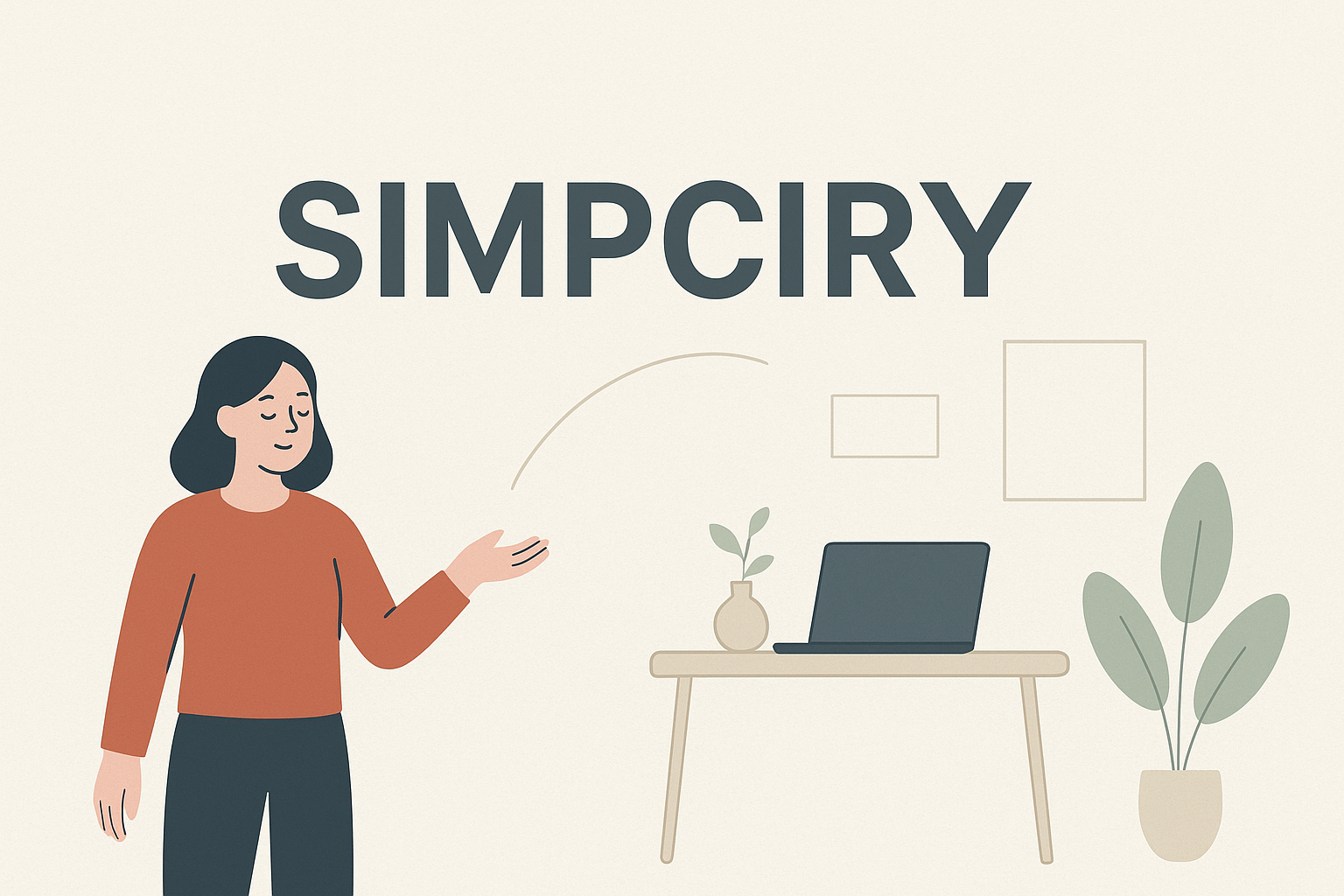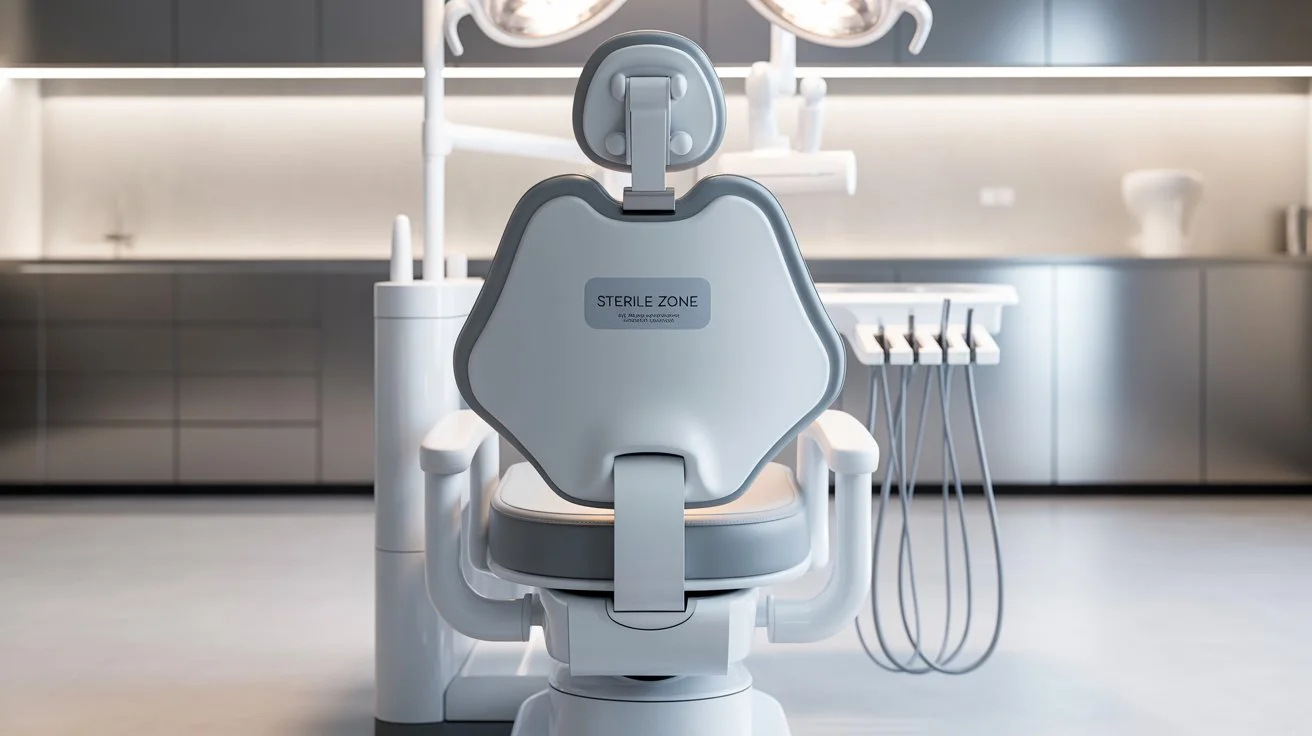The digital age is filled with noise, clutter, and overwhelming complexity. Amid this chaos, the idea of simpciry has started to gain attention. But what does simpciry really mean, and why are so many people searching for ways to embrace it in their personal and professional lives?
This article explores simpciry in detail — from its definition and benefits to practical applications and challenges. Drawing from real-world insights and practical strategies, it aims to provide a comprehensive resource for anyone looking to understand and implement simpciry effectively.
What is Simpciry?
At its core, simpciry represents the art of making things simpler without losing their value or function. It’s about stripping away excess, removing unnecessary complications, and focusing only on what truly matters.
Unlike minimalism, which emphasizes owning less, simpciry is broader. It applies to how you think, how you work, how you design, and even how you live. In short, simpciry is a mindset — one that helps individuals and organizations achieve clarity, efficiency, and peace.
Why Simpciry Matters in Today’s World
Modern life is busier than ever. According to studies on workplace productivity, professionals spend up to 28% of their week just managing emails and digital communications. Add constant notifications, multitasking, and social pressures, and it’s easy to see why people are feeling burned out.
Simpciry helps by:
- Reducing decision fatigue
- Improving focus and productivity
- Creating a sense of calm in chaotic environments
- Encouraging sustainable and intentional living
By adopting simpciry, people can reclaim both time and mental space.
Key Benefits of Simpciry
1. Clarity in Decision-Making
When you remove distractions and unnecessary steps, choices become easier and outcomes improve. For example, a business that simplifies its customer service process often delivers better results with fewer resources.
2. Increased Efficiency
Complex systems waste time. Simpciry encourages streamlining processes, whether that means decluttering a workspace or optimizing a digital workflow.
3. Mental Wellbeing
Living with simpciry helps reduce stress and anxiety. A simplified lifestyle, such as having fewer commitments, allows individuals to enjoy a better work-life balance.
4. Stronger Communication
In professional settings, simpciry in language ensures ideas are understood quickly and clearly, reducing misunderstandings.
Challenges of Practicing Simpciry
Adopting simpciry isn’t always easy. Some common challenges include:
- Cultural expectations: Many societies equate complexity with intelligence or success.
- Resistance to change: People often hold onto habits, tools, or possessions even when they no longer serve them.
- Fear of missing out (FOMO): Simplifying can sometimes feel like letting go of opportunities or experiences.
Overcoming these challenges requires patience and self-awareness.
Real-World Applications of Simpciry
In Personal Life
- Simplifying daily routines can reduce stress and free up time for hobbies or relationships.
- Organizing finances with fewer credit cards or accounts makes money management easier.
In Business
- Companies adopting simpciry in product design often win customer loyalty. For instance, simple interfaces and clear navigation improve user experience.
- Lean management techniques in workplaces reflect simpciry principles by removing waste and optimizing processes.
In Technology
- Apps designed with simpciry in mind avoid feature overload and focus on solving a single problem effectively.
- Cybersecurity practices often encourage simpciry, such as using password managers instead of complex manual systems.
How to Practice Simpciry: Actionable Steps
- Declutter Regularly
Start small by organizing your desk or digital files. Ask yourself: does this item or file add value? If not, let it go. - Prioritize Tasks
Use frameworks like the Eisenhower Matrix to identify what truly matters and eliminate tasks that don’t align with your goals. - Simplify Communication
Speak and write in clear, direct language. Avoid jargon, and get straight to the point. - Limit Inputs
Reduce the number of apps, subscriptions, or news sources you consume. Curate your information diet intentionally. - Design for Ease
If you are building products, websites, or systems, focus on user-friendly design principles.
FAQs About Simpciry
Q1. Is simpciry the same as minimalism?
No. Minimalism focuses mainly on reducing possessions, while simpciry extends into habits, systems, design, and thought processes.
Q2. How does simpciry improve productivity?
By cutting out unnecessary steps and distractions, simpciry frees up time and energy to focus on high-priority tasks.
Q3. Can simpciry be applied in business?
Yes. Businesses benefit from simpciry by offering straightforward customer experiences, lean operations, and clear branding.
Q4. What’s the hardest part about adopting simpciry?
The biggest challenge is overcoming the cultural and psychological attachment to complexity.
Q5. Does practicing simpciry mean giving up comfort?
Not at all. In fact, simpciry often enhances comfort by making life less stressful and more manageable.
Conclusion
Simpciry is more than just a trend — it’s a sustainable approach to living, working, and thinking in a world that often feels overwhelming. By embracing simpciry, individuals and businesses can unlock clarity, efficiency, and peace of mind. The journey isn’t without challenges, but the benefits far outweigh the difficulties.





